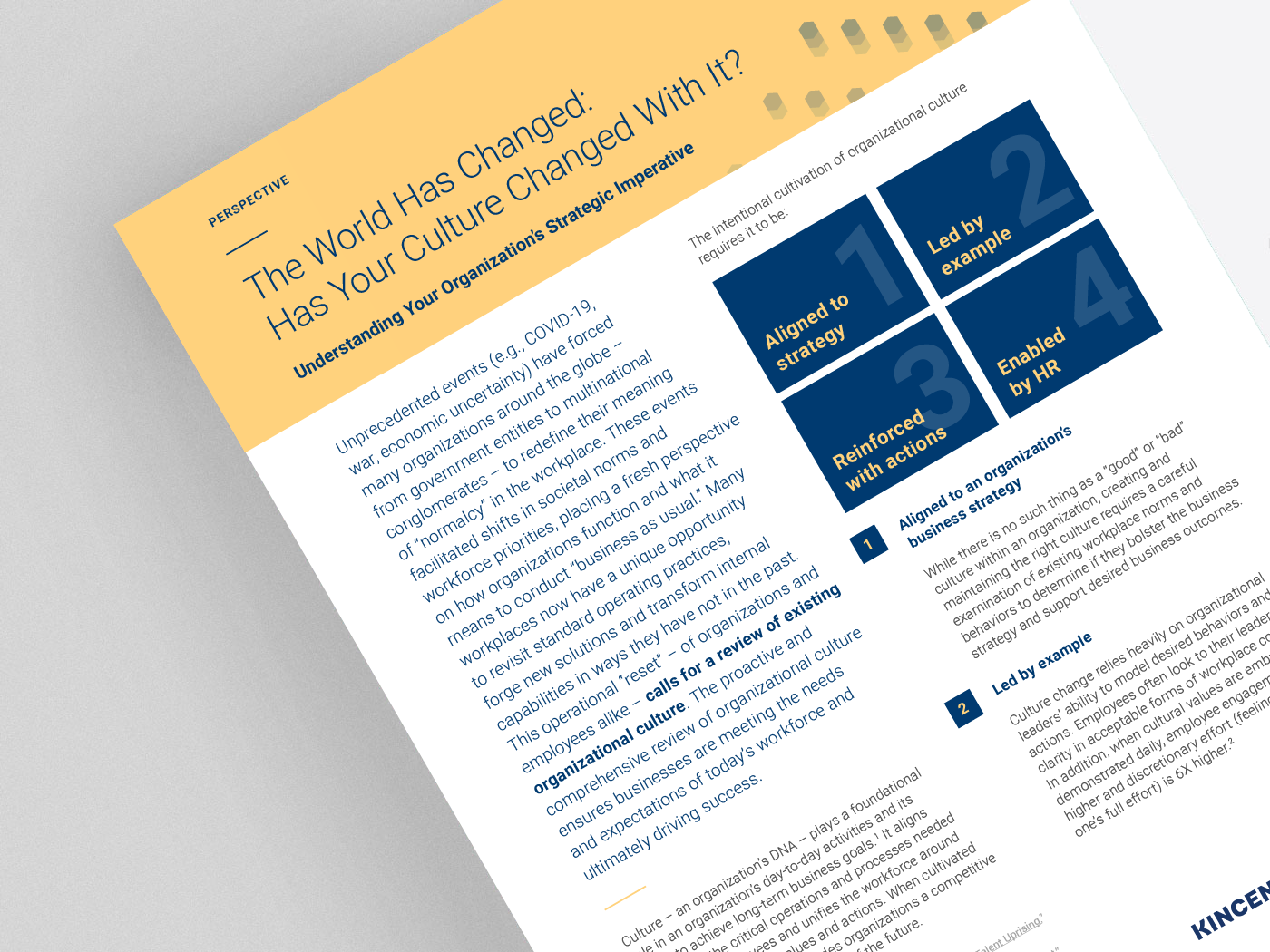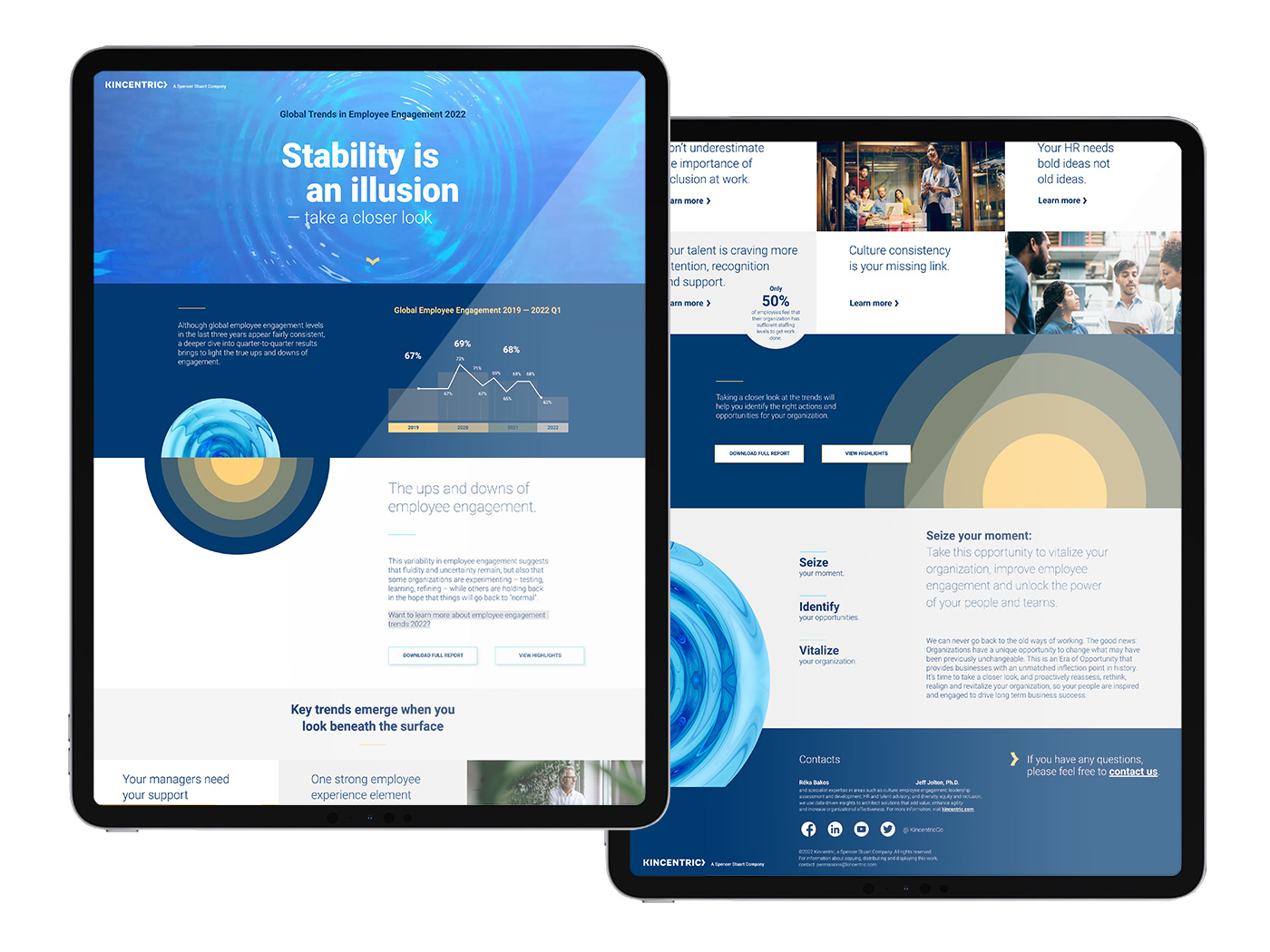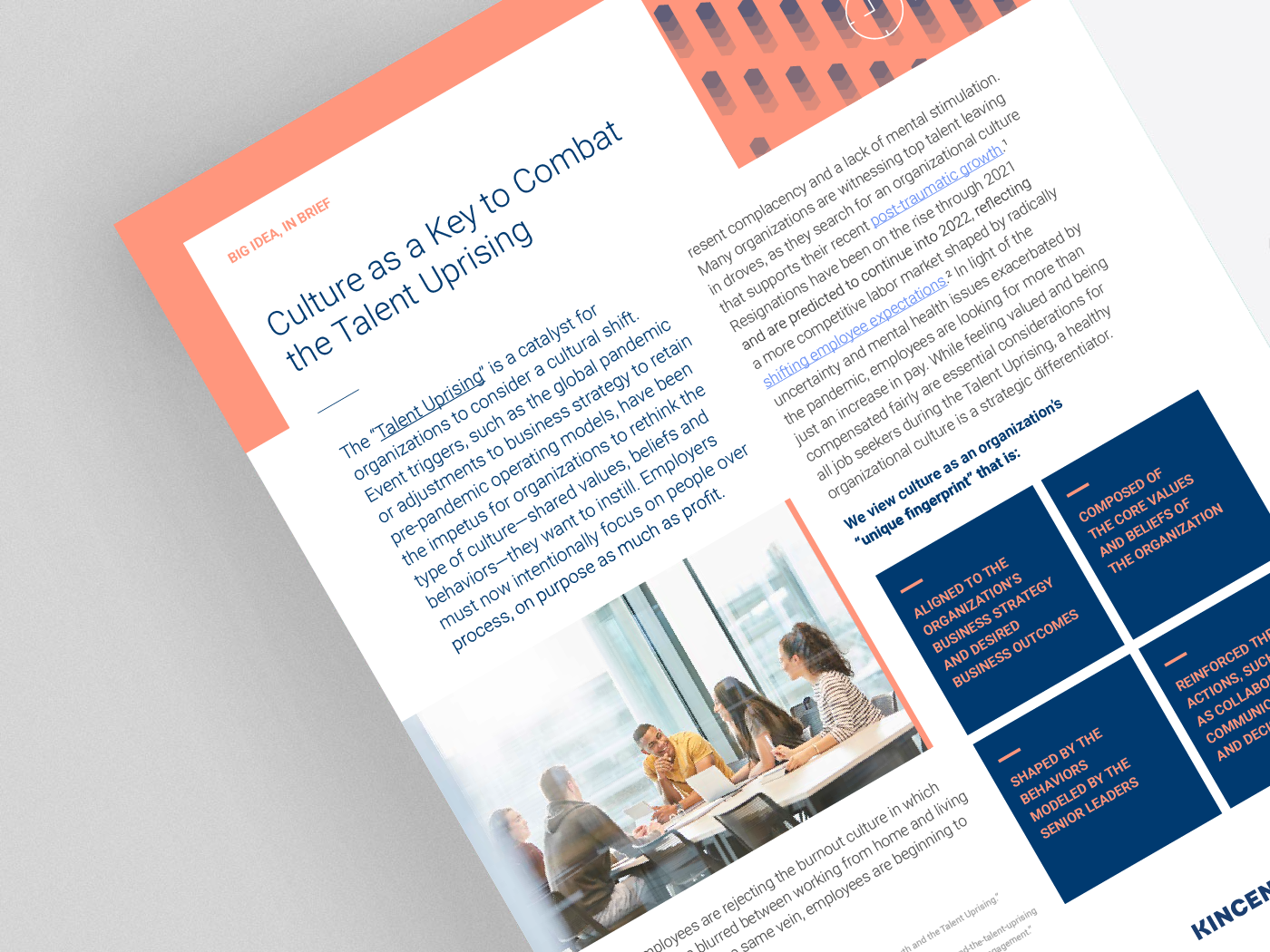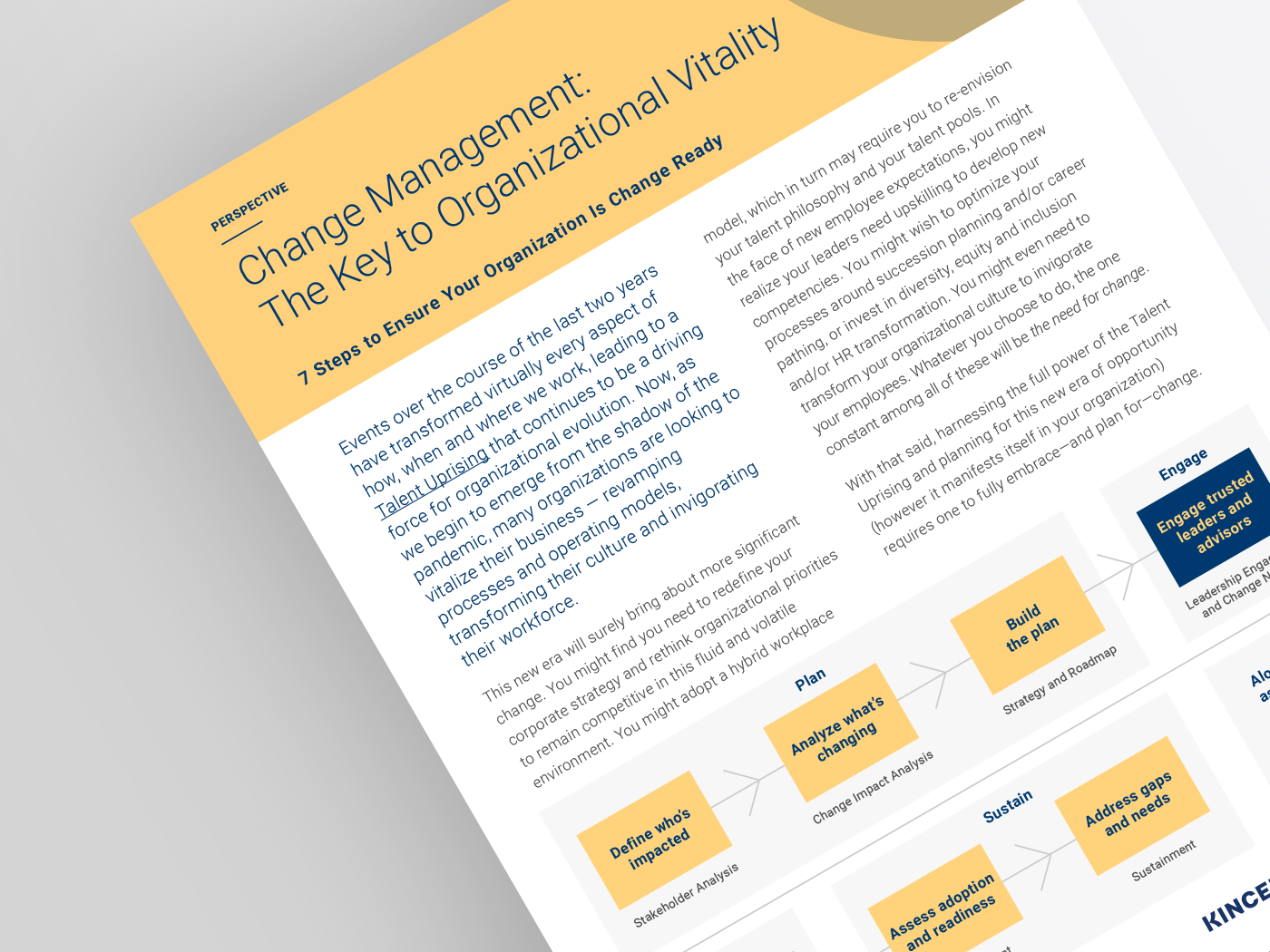
Unprecedented events (e.g., COVID-19, war, economic uncertainty) have forced many organizations around the globe – from government entities to multinational conglomerates – to redefine their meaning of “normalcy” in the workplace. These events facilitated shifts in societal norms and workforce priorities, placing a fresh perspective on how organizations function and what it means to conduct “business as usual.” Many workplaces now have a unique opportunity to revisit standard operating practices, forge new solutions and transform internal capabilities in ways they have not in the past. This operational “reset” – of organizations and employees alike – calls for a review of existing organizational culture. The proactive and comprehensive review of organizational culture ensures businesses are meeting the needs and expectations of today’s workforce and ultimately driving success.
Culture – an organization’s DNA – plays a foundational role in an organization’s day-to-day activities and its ability to achieve long-term business goals.1 It aligns leaders on the critical operations and processes needed to engage employees and unifies the workforce around expected behaviors, values and actions. When cultivated appropriately, culture provides organizations a competitive advantage in the marketplace of the future.
The intentional cultivation of organizational culture requires it to be:

While there is no such thing as a “good” or “bad” culture within an organization, creating and maintaining the right culture requires a careful examination of existing workplace norms and behaviors to determine if they bolster the business strategy and support desired business outcomes.
Culture change relies heavily on organizational leaders’ ability to model desired behaviors and actions. Employees often look to their leaders for clarity in acceptable forms of workplace conduct. In addition, when cultural values are embraced and demonstrated daily, employee engagement is 8X higher and discretionary effort (feeling of giving one’s full effort) is 6X higher.2
An organization’s culture must stretch beyond philosophy and be shaped through experience. Underpinning workplace culture through business infrastructure and systems will aid in the cascade of cultural values. These embedded interventions throughout the talent lifecycle help inform and meet expectations of the workforce.
Human resources is the backbone of every organization’s functionality. The effectiveness of its policies and programs heavily impacts established organizational dynamics and can promote or deter the employee retention rate.
When done consistently, intentional cultivation of culture helps organizations institute and maintain processes, programs and behaviors aligned with broader business strategies. This intentional cultivation becomes even more critical in times of change. As many businesses now strive to regain their footing in a post-pandemic world, they must orient to a new strategic agenda (while ensuring they have the culture to sustain it). Whether it be the reconfiguration of a business to drive growth in the market or enhancement of a workforce’s ability to tolerate change, it is clear that organizations are in a period of repositioning.

Now, more than ever before, organizations have an opportunity to own the change ahead of them by building new organizational models and revisiting their existing organizational culture, ensuring that the future of work is embraced, as is the change that comes along with it. Proactive culture change pivots an organization’s attention from the past to focus on the future, keeping what is working while identifying what needs to evolve to meet new demands of the marketplace and employees.
If you or your leadership team is struggling to answer these questions, start with a well-designed, organization-wide culture assessment to guide the conversation.
If you or your leadership team is struggling to answer these questions, focus on the development of a culture change strategy that is designed to outline roles and expectations for leaders, employees and organizational systems to support the desired culture.
1. “Culture as a Key to Combat the Talent Uprising.” Kincentric (2021)
2. Jolton, Jeff. “Global Trends in Employee Engagement 2022 Report. ” Kincentric (2022)
Special acknowledgement to Jeff Jolton, Ph.D. for his review and contributions to this article.



Want the latest insights delivered straight to your mailbox?